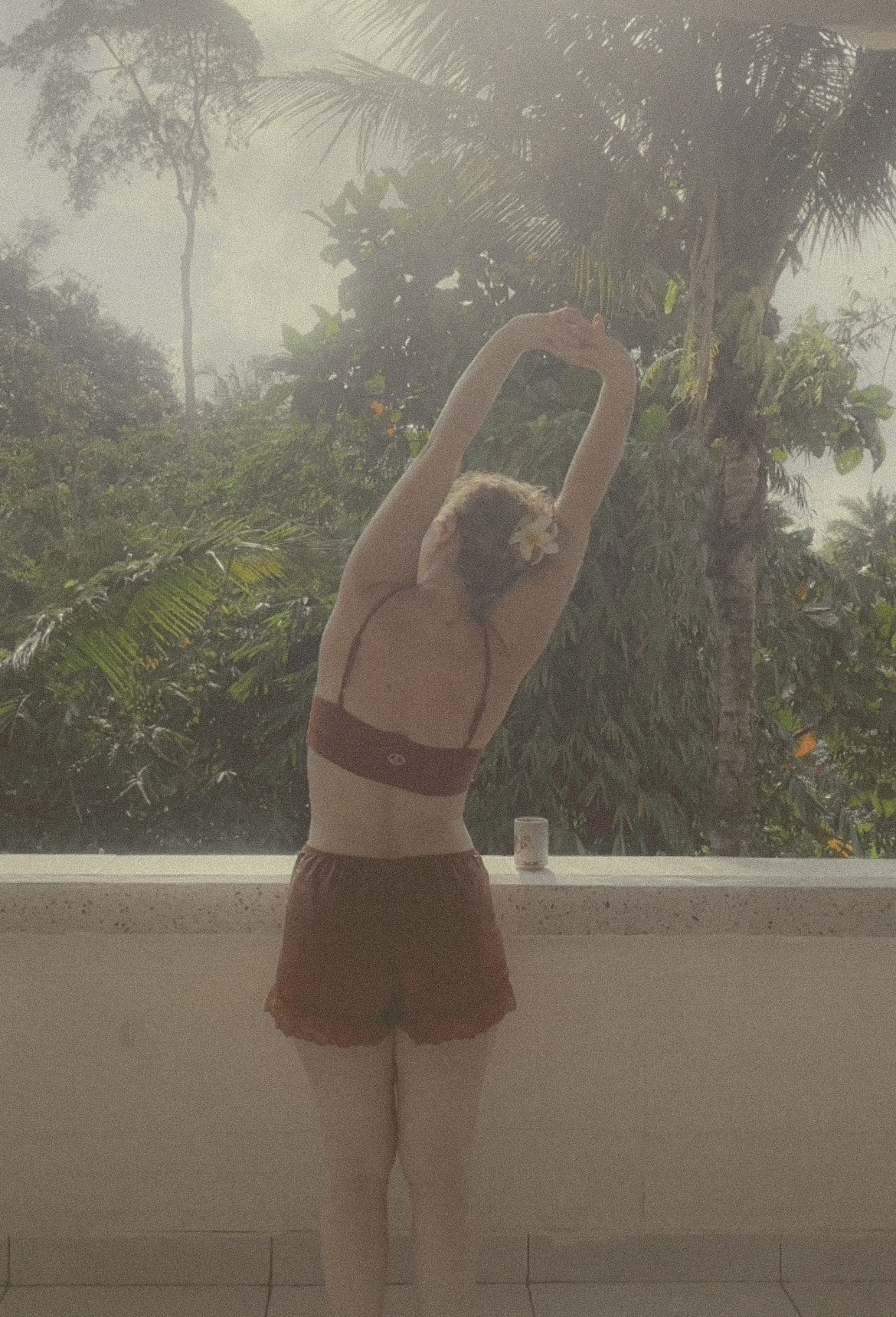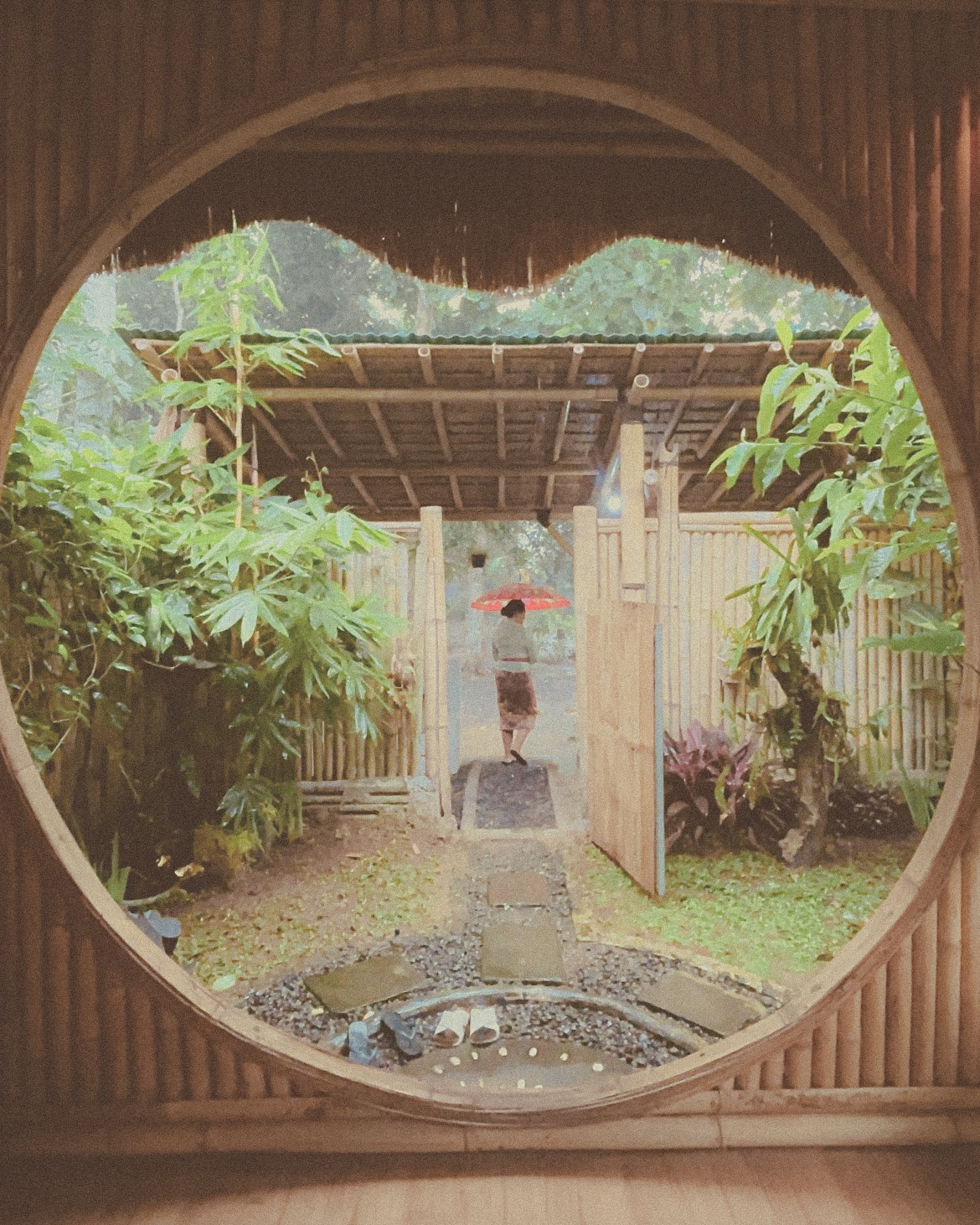Mindfulness. It’s a word we hear often in our busy, fast-paced world—whether it’s in wellness blogs, social media (re: very mindful, very demure), or even in the language of our friends and family. But despite its increasing popularity, there are still many mindfulness myths floating around.
I’ve found that many people approach mindfulness with a sense of confusion or even frustration, believing that it’s some lofty, unattainable state. As someone who came to mindfulness through yoga, I can tell you that mindfulness isn’t about achieving perfection or escaping the chaos of life. It’s about presence—showing up, moment to moment, to what is happening, exactly as it is.
And over time, I began to notice how my responses to situations changed. I wasn’t just reacting as I once would; I was able to sit with my thoughts and emotions without getting swept away by them.
In this article, I want to explore some of the common mindfulness myths and why they’re simply not true.
Whether you’re new to the practice or have been cultivating it for some time, these myths may be holding you back from fully embracing mindfulness. Let’s break them down together.
Mindfulness Myth 1: Mindfulness = Escapism
A common misconception is that mindfulness is a way to escape the stress and noise of daily life. People think it’s about shutting out the world, finding a peaceful, isolated space, and tuning out all the “bad” things happening around us. But here’s the thing: mindfulness isn’t about escape. It’s about arrival.
While both mindfulness and escapism may involve turning away from stress or discomfort, there’s a key difference. Escapism is about avoiding or distracting ourselves from reality.
Mindfulness, on the other hand, is about facing our reality—no matter how chaotic, uncomfortable, or overwhelming it may be—and accepting it for what it is.
Think of the lotus flower. It grows in the mud, surrounded by muck and dirt, but it doesn’t shy away from it. It rises above it, unfurling its petals in the most beautiful way. Mindfulness is like that.
It’s not about escaping from the mess of life; it’s about embracing it, rising above it, and blooming exactly where we stand.
Mindfulness invites us to stay grounded and present amidst the chaos. It’s not about checking out; it’s about checking in—acknowledging where we are and allowing ourselves to experience life without judgment or resistance.
Mindfulness Myth 2: Mindfulness Requires a Blank Mind
One of the top mindfulness myths I’ve encountered is the idea that mindfulness requires you to have a completely blank mind—no thoughts, no worries, no distractions. I’ve actually spoke on this topic on the latest podcast episode because it’s such a misconception.
People think they can’t be “mindful” because their minds are always racing or filled with chatter. This is one of the most common misconceptions, but I’m here to tell you: it’s simply not true.
Mindfulness is not about silencing your thoughts. It’s not about emptying your mind of everything. Instead, it’s about acknowledging your thoughts as they arise, without judgment or attachment.
The goal is not to stop thinking, but rather to become aware of the thoughts that are already there and allow them to come and go without getting caught up in them.
When I first started my mindfulness journey through yoga, I struggled with this too. I thought I had to stop thinking altogether in order to meditate. But over time, I realized that mindfulness is more about awareness than control.
It’s about observing your thoughts, emotions, and sensations without being swept away by them. You don’t need to push them away; you simply need to notice them, as if they are clouds passing through the sky.
As I made mindfulness a regular practice, I began to notice how my responses to situations shifted. I wasn’t as reactive as I used to be. I could sit with my feelings and thoughts, allowing them to pass without them taking over. That’s the power of mindfulness: not to control, but to be with.
Myth 3: The Sole Aim is to Reach Tranquility
Many people think the end goal of mindfulness is to achieve a state of tranquility or calm, but this is yet another one of the many mindfulness myths. It’s often portrayed as a peaceful, Zen-like experience where everything feels serene and in perfect balance. While tranquility can be a beautiful outcome of mindfulness, it’s not the goal.
Mindfulness is about cultivating a non-reactive awareness. It’s about being present in the moment, even if that moment isn’t particularly peaceful. The goal isn’t to chase after calm, but to develop the ability to observe your experiences without automatically reacting to them.
I’ve found that, when I’m practicing mindfulness, I can experience all sorts of emotions—joy, frustration, sadness, excitement—and still remain grounded. Rather than being thrown off by the ups and downs of life, mindfulness allows me to stay anchored, without being ruled by my reactions.
So, while mindfulness may lead to a sense of inner peace over time, it’s not about chasing that peace as an ultimate goal. It’s about showing up, being aware, and learning to respond thoughtfully rather than react impulsively.
Myth 4: Mindfulness is a Magical State of Being
Some people view mindfulness as a magical state—one that brings enlightenment, instant clarity, or a sudden, dramatic transformation. They think that mindfulness is something you do once and then, voilà, everything shifts. But in reality, mindfulness is not a “one and done” experience. It’s a practice—a discipline—that requires ongoing attention and commitment.
While some may experience profound shifts or moments of clarity through mindfulness, for most of us, it’s about returning, again and again, to the present moment. It’s a constant return to now, where life is truly happening, and where we have the power to shape our experiences.
Mindfulness is not about seeking enlightenment, but rather about becoming fully present and engaged with our lives—whether those lives are filled with joy, challenge, or something in between. It’s a way of being with life, not transcending it.
Much like the lotus, mindfulness isn’t about escaping the world around you. It’s about being in the world, fully alive, in every single moment.
Mindfulness is the art of Returning
At its core, mindfulness is about returning—returning to the present moment where life happens, where growth occurs, and where we can make conscious choices about how we engage with the world. It’s not about escaping, silencing our minds, or reaching some mythical state of peace. It’s about showing up with intention and awareness, even when life gets messy.
If you’re new to mindfulness or struggling to establish a practice, I encourage you to start small. Meditation is one powerful way to cultivate mindfulness. If you’d like to dive deeper into meditation, I invite you to join my free 21-Day Meditation Challenge to help you build a consistent meditation practice and bring more mindfulness into your daily life.
Remember, mindfulness isn’t about perfection. It’s about presence. It’s about learning to return, again and again, to the here and now.
Are you ready to start your journey?











